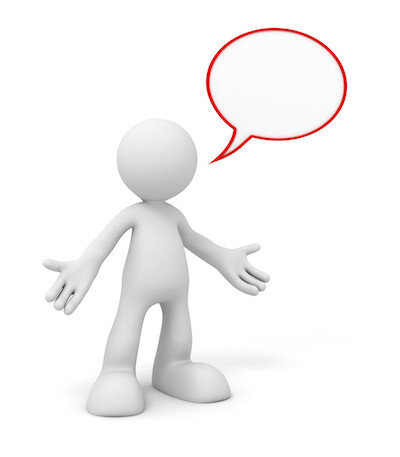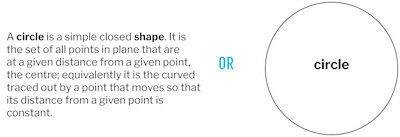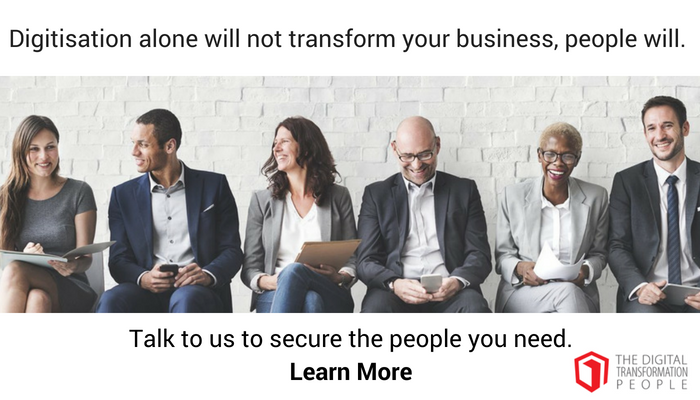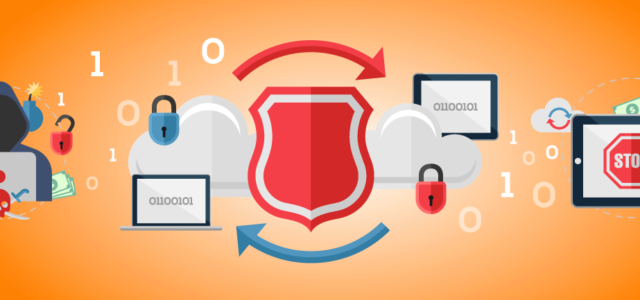In this series, I am introducing you to the twenty superpowers that leaders need to possess to create an environment for resilience. This is an environment in which individuals and teams are resilient in the face of constant change.
Individual resilience is critical when the world around us is volatile, uncertain, complex and ambiguous. Resilience means we can adapt to difficult situations and not just survive but thrive. Unless we do, the stress will overwhelm us, and we will suffer physically and mentally.
Each week we will explore one of those twenty superpowers.
Superpower – The Communicator

The Communicator has excellent communication skills. Effective communication builds positive relationships, which promotes resilience at work.
The Communicator keeps everyone informed about what is happening. When people feel engaged and involved with what is happening around them they are far more resilient than they would be if they felt they were being kept in the dark.
There are vast sources of information about effective communication that you can reference and enough to warrant a book in itself. I am just going to highlight what I believe to be the most important considerations and techniques in order to get communication right.
Effective communication
Clarity
The communication and its message should be easily understood and unambiguous. The Communicator delivers a message with clarity.
There is no room for ambiguity. If a message is not clear, people will fill in the perceived gaps with their own interpretation. Messages become corrupted but also become the new but incorrect reality.
Validation
Effective communication takes place when a person sends a message and it is received and understood as intended by the recipients.
The Communicator checks to determine if the message has been understood as it was intended.
They ask questions of the recipients to determine what has been heard and if the message has not been interpreted correctly, they correct their communication.
Listen
Often we communicate to respond but first, we should communicate to listen. Then we respond.
The Communicator listens to the questions that people are asking and ensures that future communication addresses these questions.
Two-way channel
Communication is not sending out a blanket email. That is a broadcast.
Effective communication takes place when recipients are provided with a channel to ask questions and seek clarification.
This could be via a collaboration platform,
Share
When people are asking questions, there are likely to be many others with the same question who are not prepared to ask.
Capture questions asked and turn them into Frequently Asked Questions (FAQs) that everyone has access to and can easily find.
Medium
The Communicator gives careful consideration to the medium used for communication. Communication could be verbal or written and could be delivered physically or digitally. The medium will depend on the preference of the receiver(s).
Mediums include face-to-face, over the phone, video-conference, email, text, and social media.
Frequency
There is also careful consideration of the frequency of communication of a particular message required by the receiver. Over-communication can result in lost messages and under communication can lead to a perceived vacuum of information being filled with rumours and innuendos.
Timing
In addition to frequency, timing is also important. Consider the best time for the recipients to read and digest the communication.
For example, it’s probably not an optimum time to run a town hall meeting on a Friday afternoon when most employees are thinking about the weekend. Sending an email first thing on a Monday morning is not an optimum time as it can get lost in the already busy in-boxes filled with weekend mail, most of which could be junk.
Push or pull
Communication can be delivered through push or pull methods or both. Again, this should be determined by the needs of the intended audience.
Push methods are where the message is pushed out to the audience whereas pull methods are where the audience retrieves the message when they want it. Push methods include email, letter, desk drop, presentations etc.
Pull methods include information hosted on an intranet, knowledgebase or collaboration platform that people can access when and if they wish to.
Storytelling
Storytelling is a highly effective communication method. Stories are illustrative, easily memorable and allow the communicator to create stronger emotional bonds with the recipients.
When we hear stories, we are more engaged than we would be by just hearing about data and facts.
When we read or hear data alone, the language part of the brain works to understand it.
When we read or hear a story, not only does the language part of the brain start to work, but also any other part of the brain we would use if we were actually experiencing what we are reading or hearing, starts working too.
This means that it is far easier to remember stories than data or facts.
Pictures
It is not a cliché when we say, “a picture paints a thousand words”. It is true.
For example, which of these is easier to understand?

If you can use images and graphics to enhance your message, do so.
Pervasive
Communications have to be pervasive. They have to spread throughout the organization. The Cisco “Transitioning to Workforce 2020” white paper states:
“To establish a powerful, viable culture, leaders will first have to build a collaborative infrastructure facilitated by pervasive communications. Everyone must be able to communicate with everyone, wherever they are, whenever necessary. The organization must have the means to bring individuals together constantly, not only to convey information but also to mutually share that information across the whole range of workgroups that continually materialize and dissolve in response to business requirements.”[1]
Actions
Before delivering communication (verbal or non-verbal), get someone else to read it or listen to it and ensure it is clear and without ambiguity.
Perform an A/B test when communicating to a wide audience via a medium such as email where you want them to take a particular course of action such as clicking on a link to access further information. Create two versions of the communication – A and B. Send version A to a sample group of 30 people and send version to another sample group of 30 people. Determine whether communication A or B worked best based on how many people clicked on the link. Use the best performing communication to go to the wider audience.
Validate that your communication is being understood by asking the recipient(s) questions regarding the message you wished them to receive. For example: What did they hear? What was the key message?
Hone your listening skills.
Provide channels for people to ask questions, seek clarification, discuss and enable dialogue to take place. Look at collaboration platforms that may already be in use within your organization and leverage them. Utilize other methods such as question boards and lean coffee sessions.
Collect frequently asked questions and publish them making them easily accessible.
Continually seek feedback on the effectiveness of your communication, including content, medium, frequency, timing etc.
Use graphics and metaphors where possible and utilize the power of storytelling.
Read more in Karen’s series, here.
Article by channel:
Everything you need to know about Digital Transformation
The best articles, news and events direct to your inbox
Read more articles tagged: Featured, Leadership









